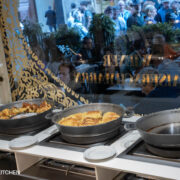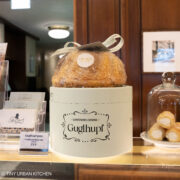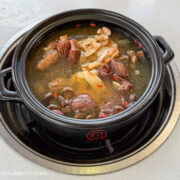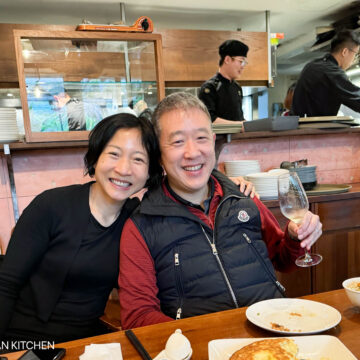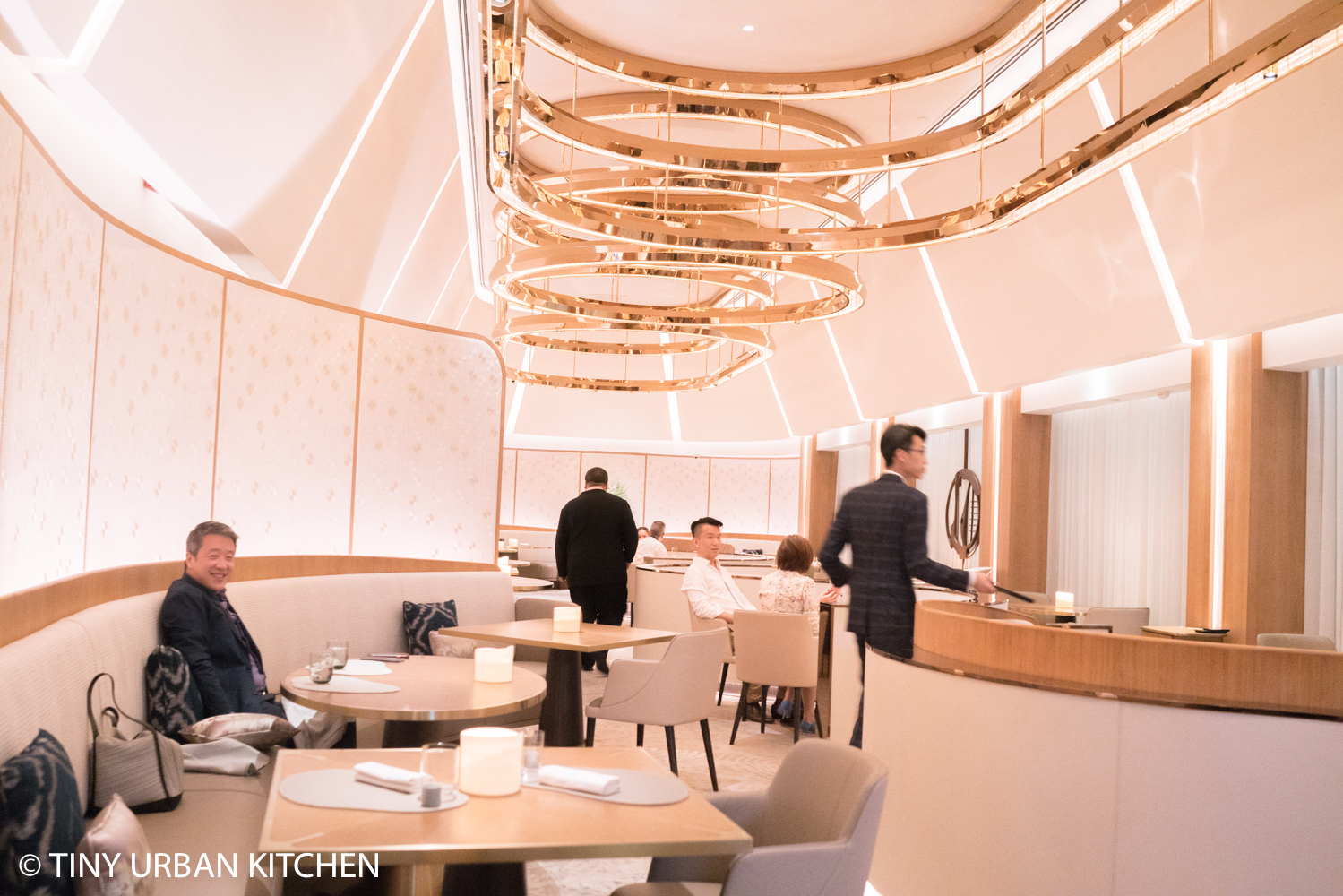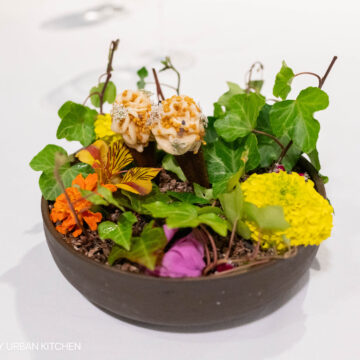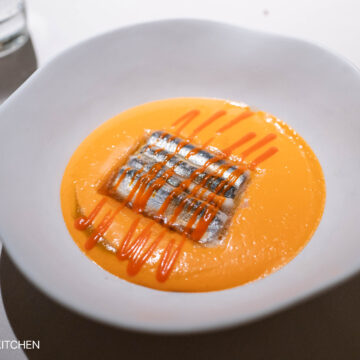I was intrigued when I saw two Soba restaurants in the Michelin guide. Yes, I love, love, love soba, and it’s a type of noodle that is less commonly exported outside of Japan. I was certainly attracted to trying a Bib Gourmande (great value) restaurant while being able to enjoy one of my favorite noodles.
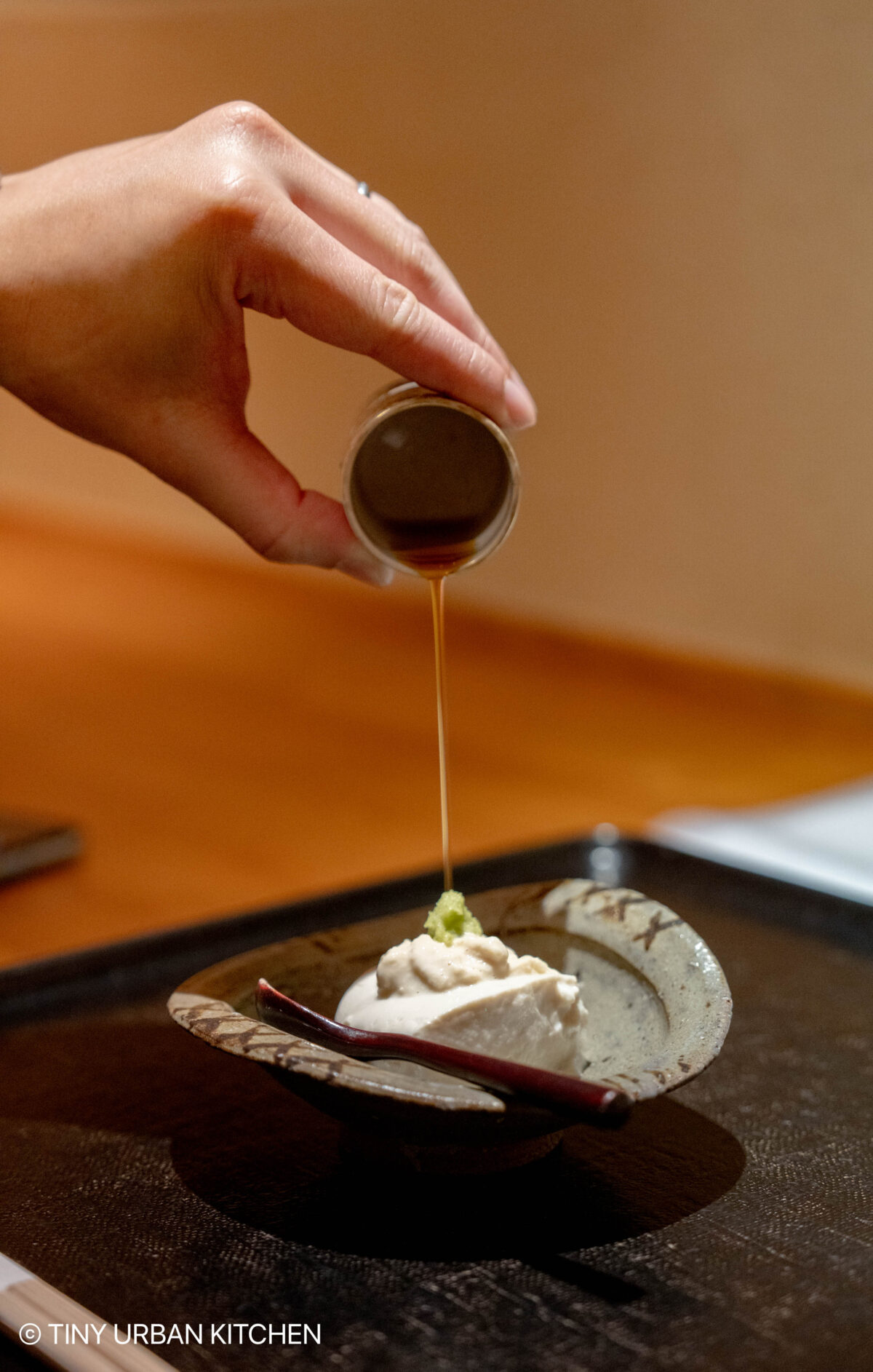
Despite numerous blog posts from diners describing different types of meals they had, our hotel told us that the restaurant had multiple strict requirements. We had to provide our credit card number. The cancellation policy was strict, and we would have to pay the entire amount if we canceled on the day of the reservation. Finally, our only option was the tasting menu (JPY9,900 per person). And they closed at 8:30PM, so we had to arrive early.
The Neighborhood: Outskirts of Shibuya
Tawamarai is located in a quiet neighborhood outside of Shibuya. Unlike the hustle and bustle of Shibuya (think: the world famous crosswalk), This part of Shibuya feels decidedly residential.
Inside the decor is simple. Wood is the theme, and the lighting is subtle. The overall atmosphere is quiet, though, there’s light conversation exclusively in Japanese. We felt like we were definitely eating in a very authentic space. It was pretty obvious we were the only foreigners.
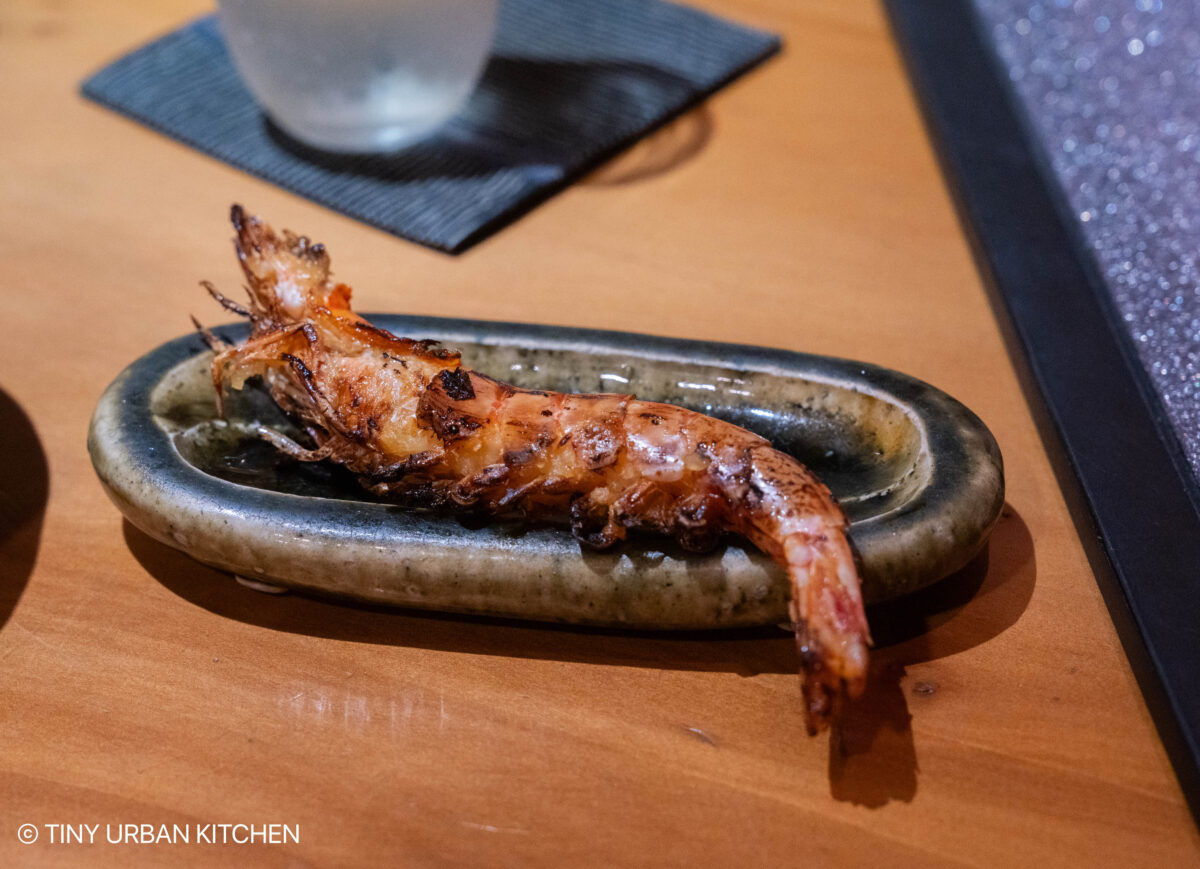
As we looked around, we noticed that nobody else was eating this tasting menu. The man to the left of us just ordered a bowl of soba noodles, one appetizer, and a simple dessert. On the other hand, we sat for almost 2 hours, tasting through course after course of the restaurant's highlights.
The staff were very polite, and they were accommodating to foreigners. There was an English language drink menu, as well as a translated version of the tasting menu.
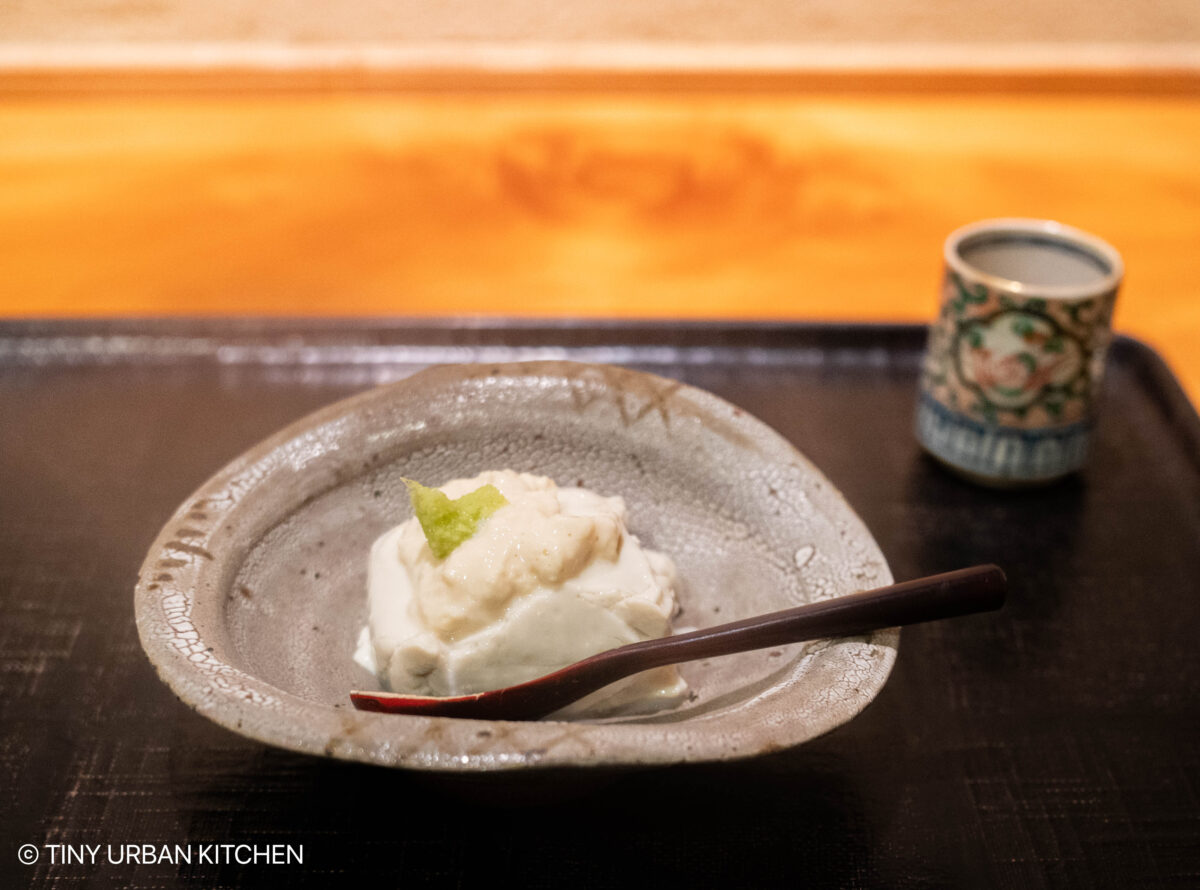
I had wanted to try the tofu (which I had heard was incredible). I was happy that it was part of the tasting menu. However, other parts of the tasting menu, I think I could have done without.
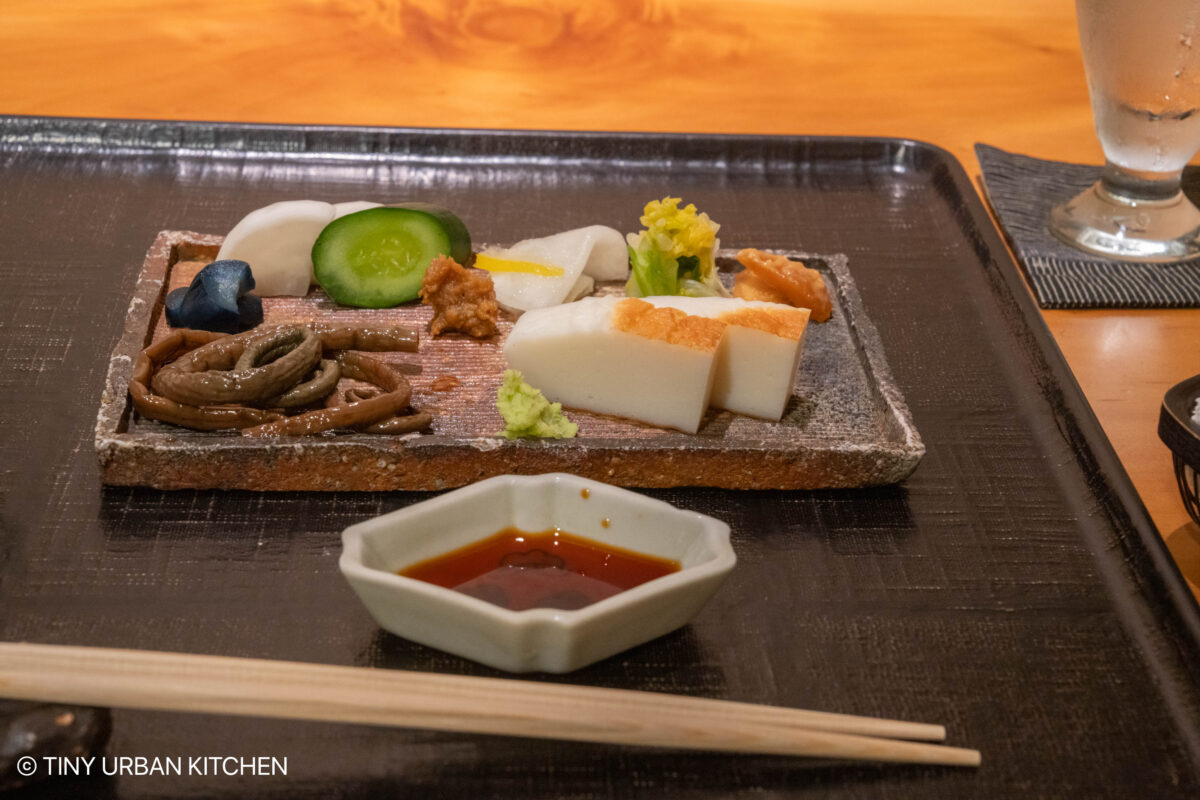
For example, the tasting of fishcakes and pickles was fine, but it did fill me up quite a bit.
The Soba
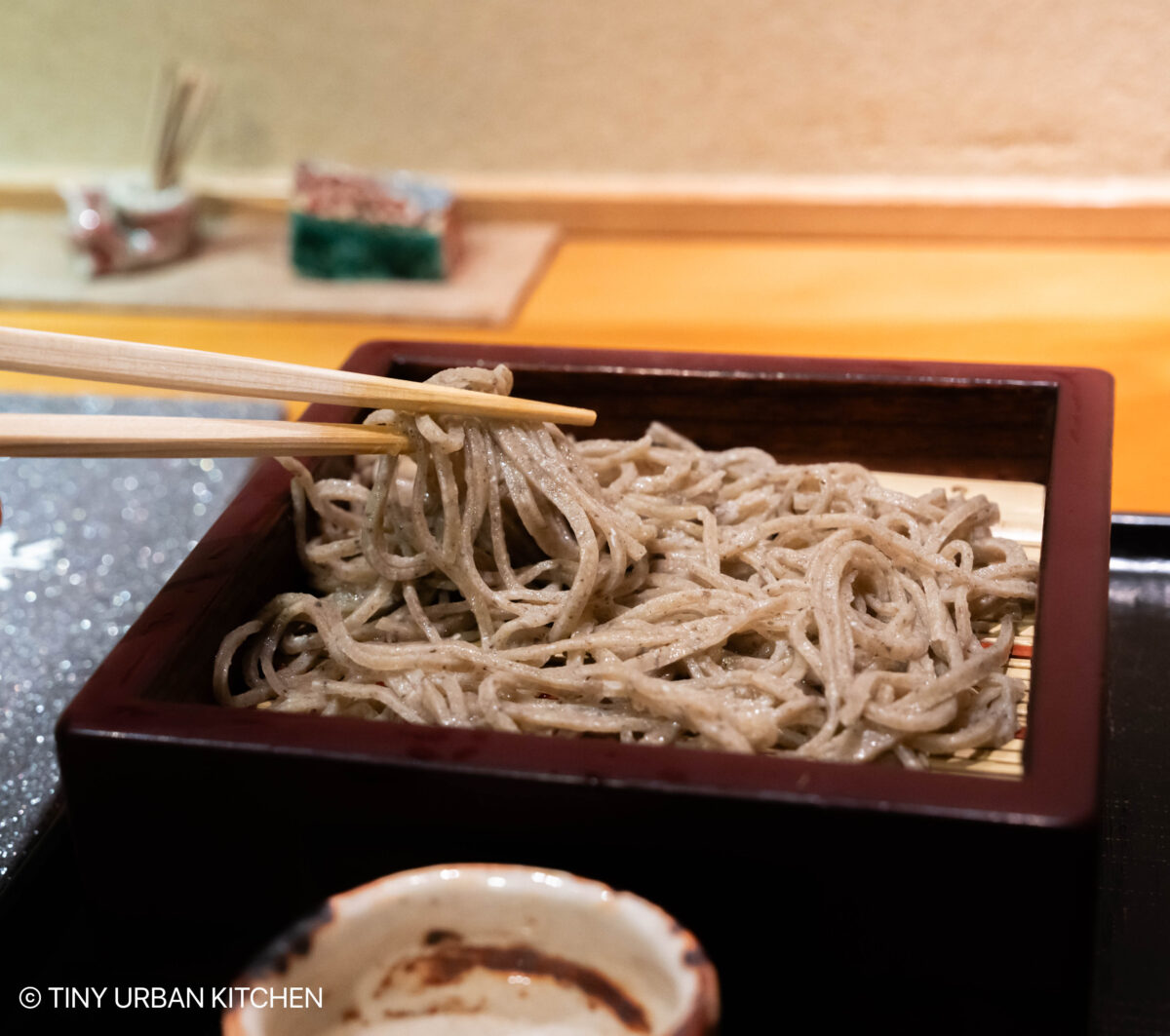
The star of the show was the soba, of course, and we were able to eat two different kinds. The first kind was a thinner cold noodle, presented with a dipping sauce. This is a pretty classic way of eating soba, and their version was excellent.
The noodles are made in-house, and you can tell. The texture is particularly chewy and has a bit of that rustic coarseness that comes with hand ground buckwheat.
Thin Soba with Cold Dipping Sauce
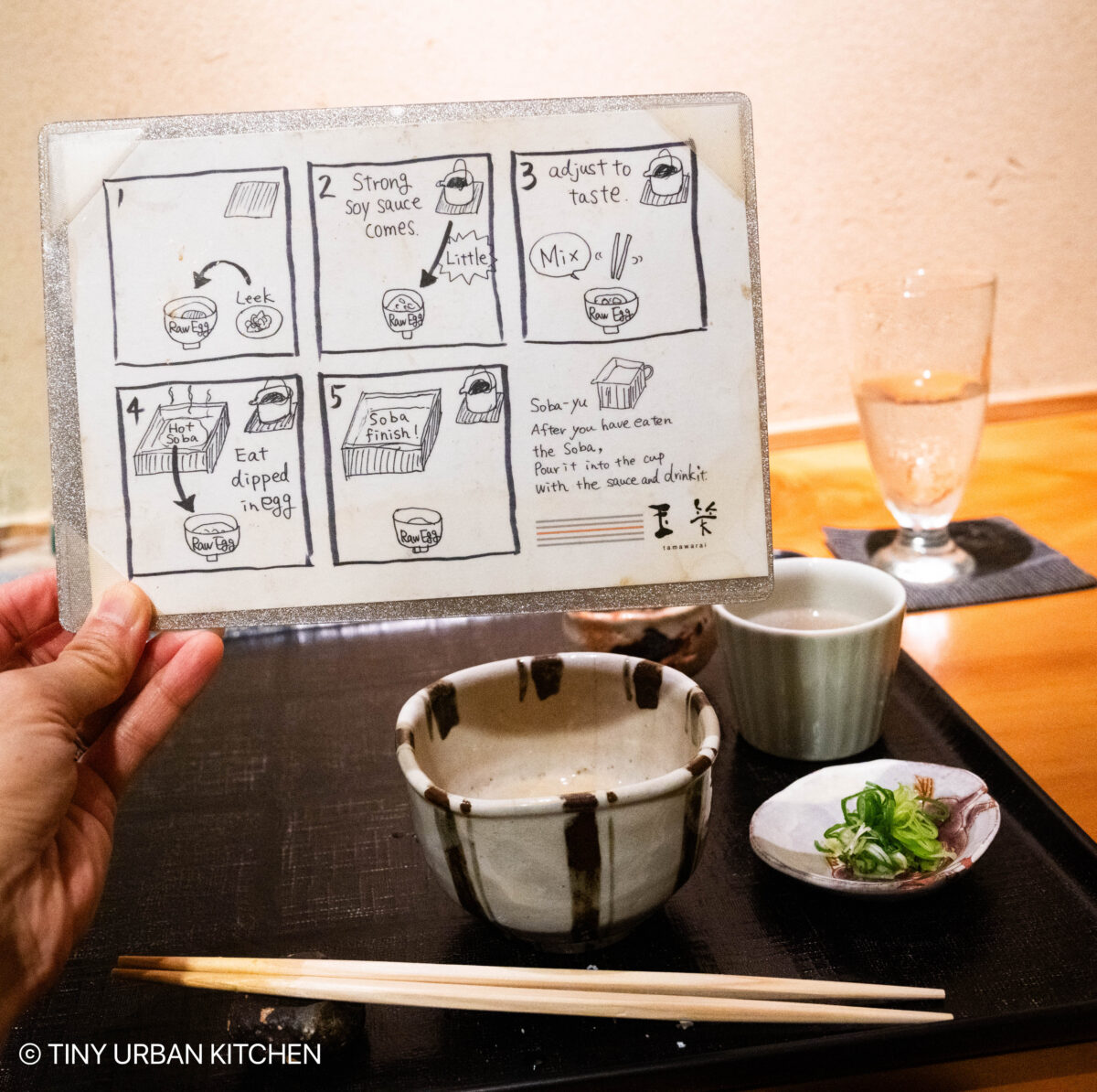
I loved how they provided instructions (in English) together with comic-strip style drawings to show us all how to properly eat the soba with the dipping sauce and the egg.
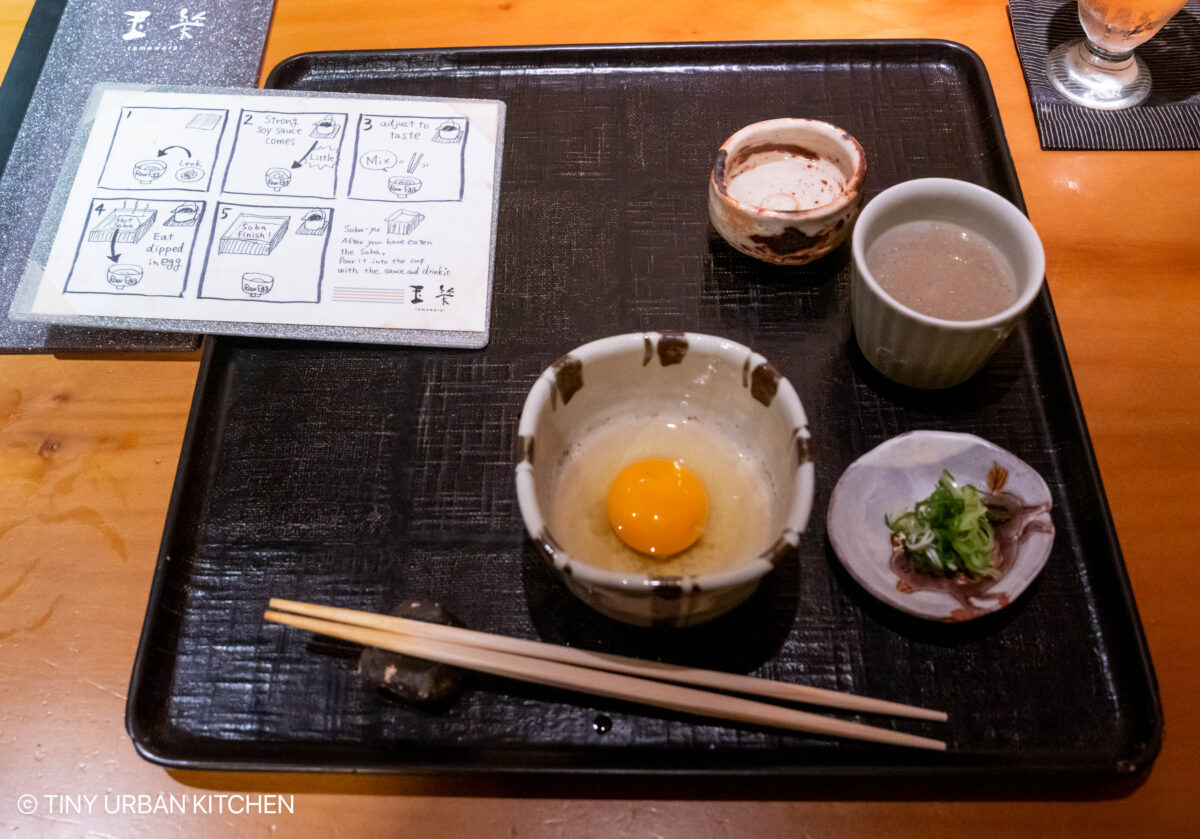
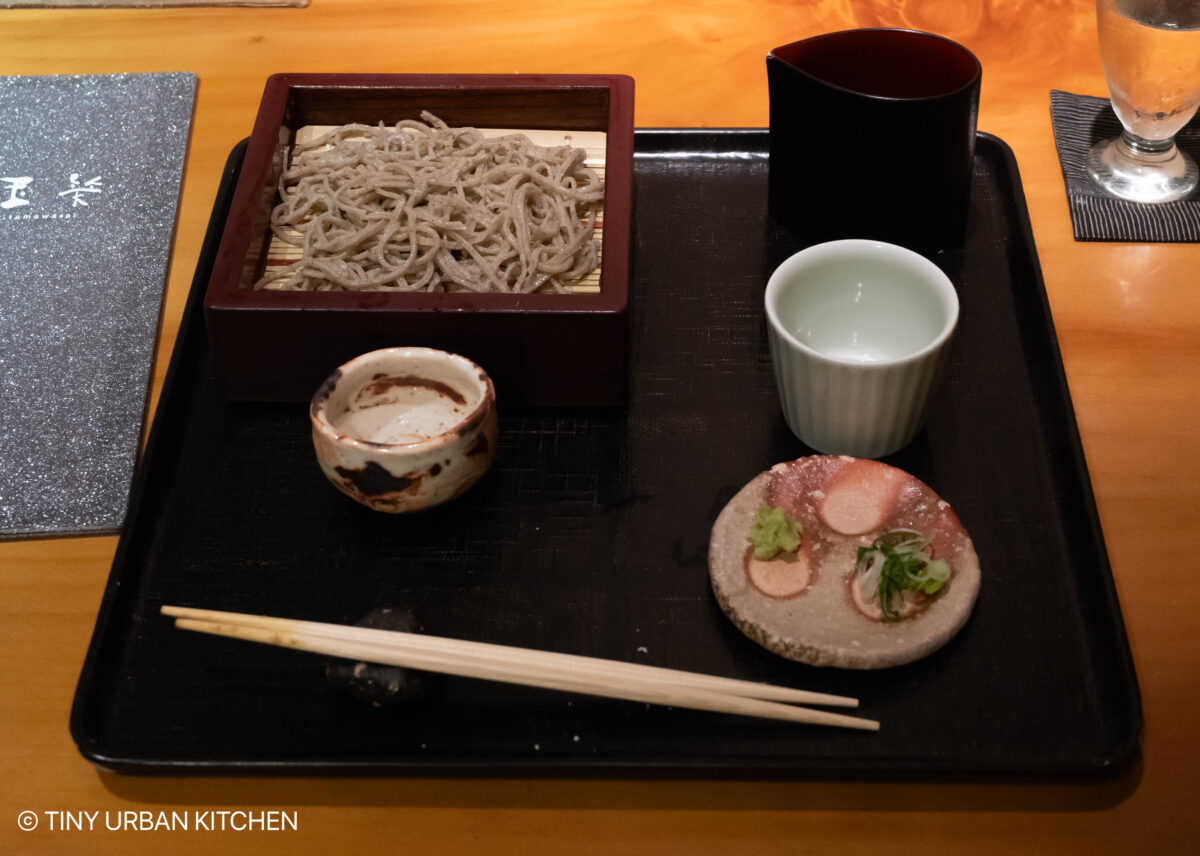
Thick Soba + Hot Soup
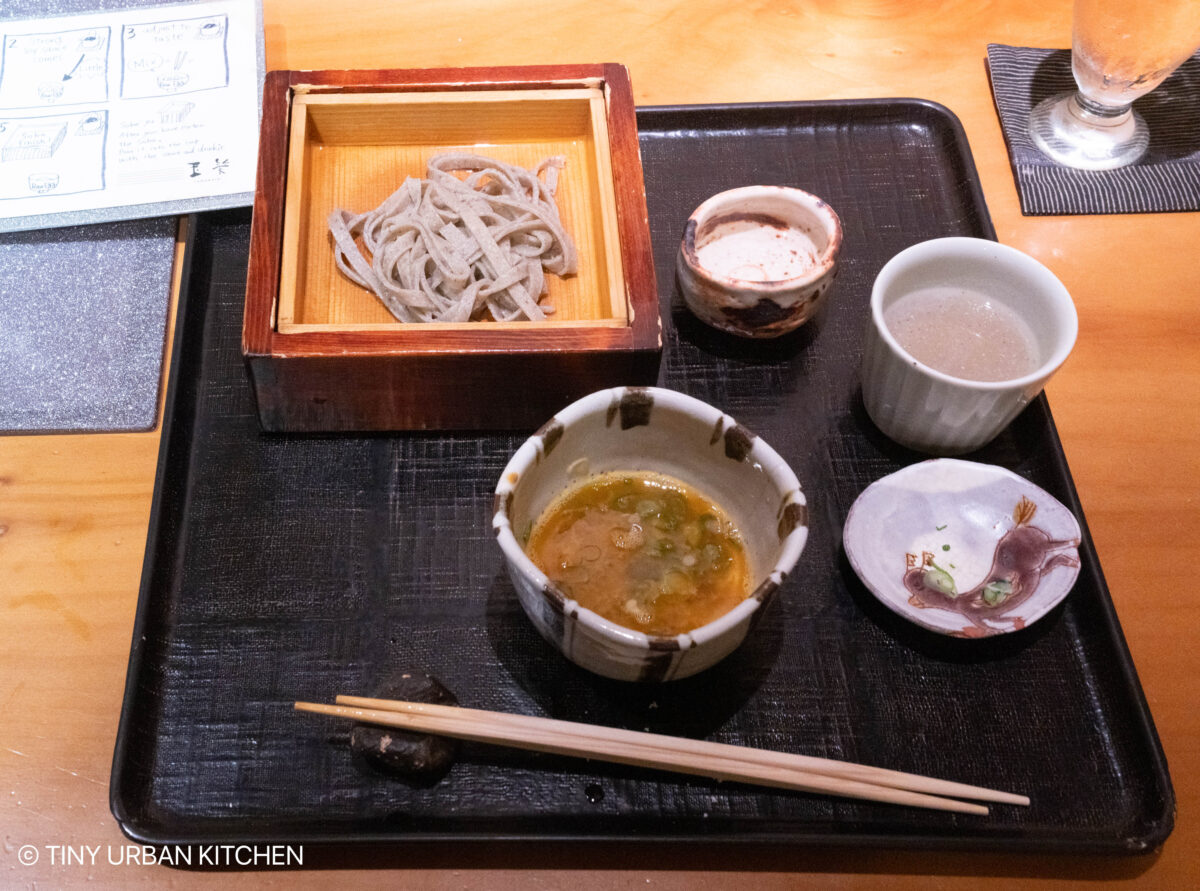
The second version was a thicker soba, which I find to be a bit more rare, served with a hot soup.
Both versions were really good, and we wished we had more soba (and perhaps less of some of the earlier courses).
Other "Relatives" of Soba + More
We did try some interesting variations on soba that I had personally never tried before. For example, there was a soba mash, which Bryan describes as tasting like “cream of wheat, the way my mom used to make it.”
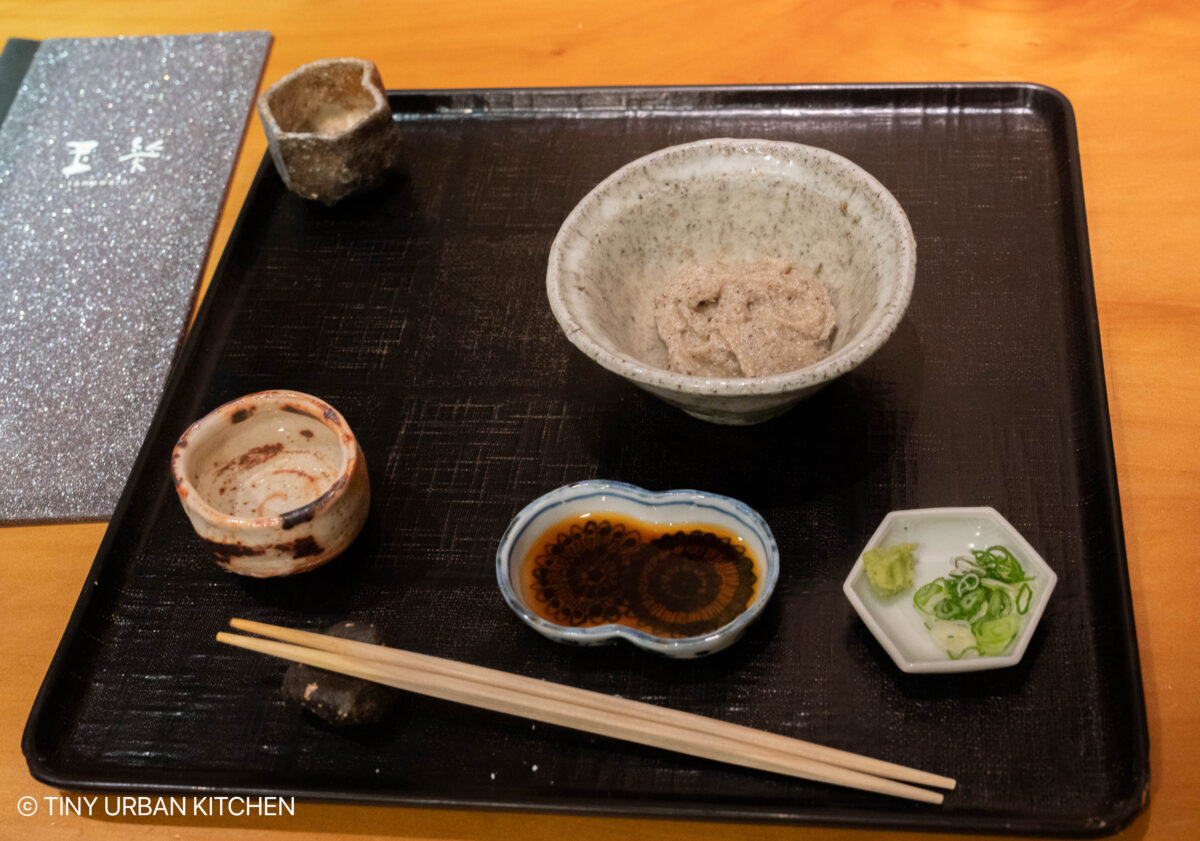
What does he mean by this? When Bryan was young, his mom used to make him oatmeal with egg and soy sauce. Basically, it was savory oatmeal that is not unlike congee.
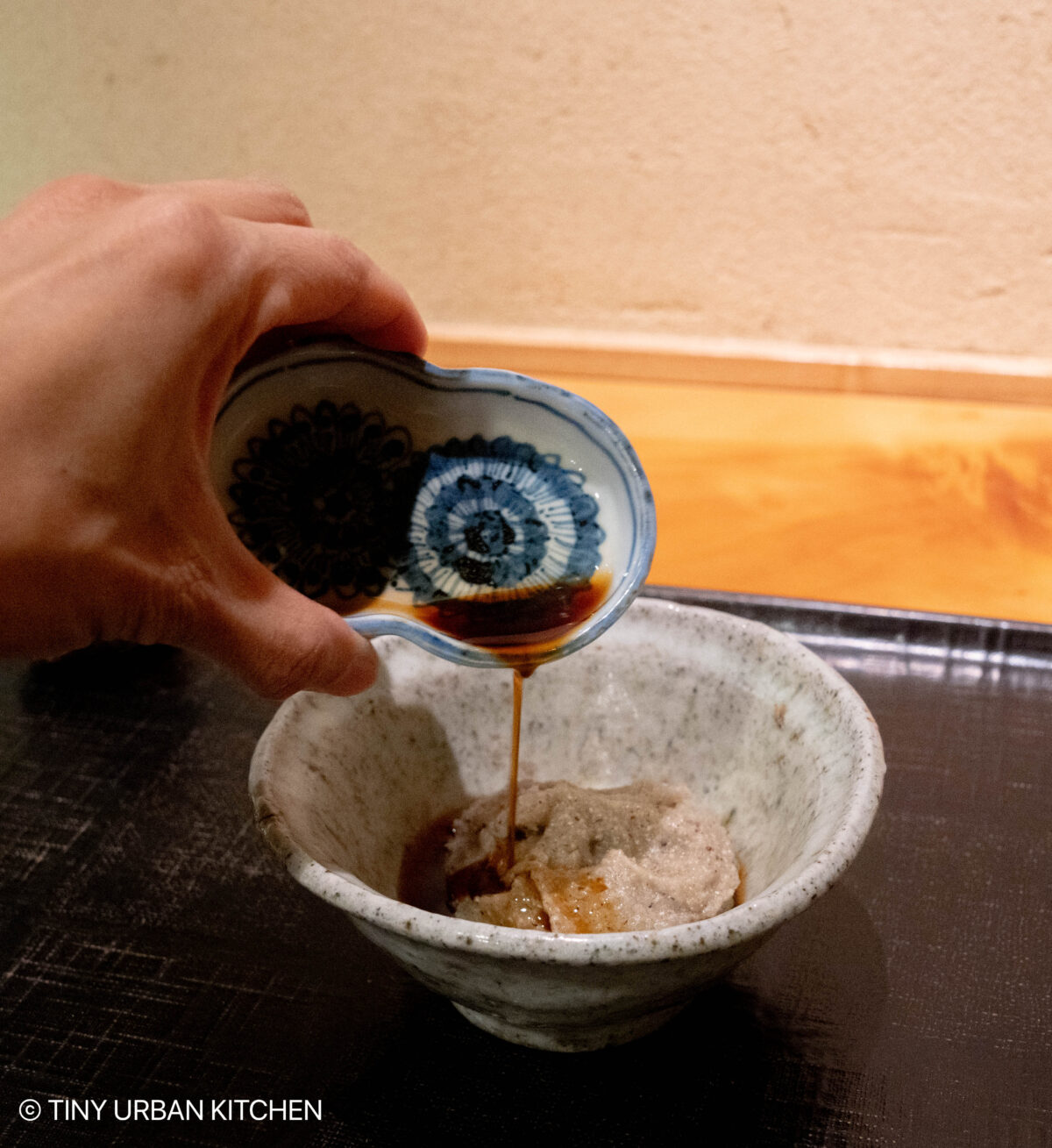
Here, the mashed soba was like grits or cream of wheat, but also served "savory style" with Japanese soy sauce and wasabi. It was really interesting, and pretty enjoyable.
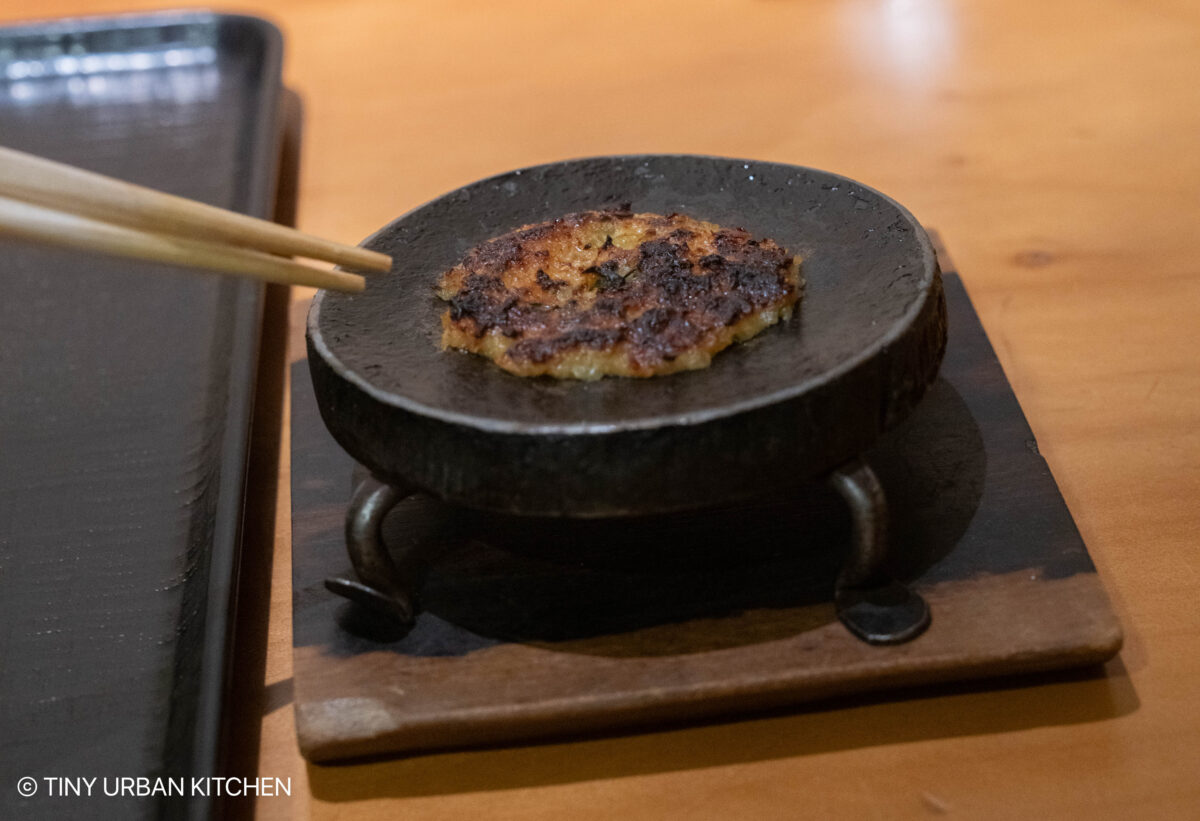
Another interesting bite was the grilled miso, a mashed up "pancake" of soybean partially fermented. It was very salty, but had a lot of umami at the same time. It was interesting to try, though I’m not sure if I would order it on my own.
General Thoughts - Tawamarai Soba Restaurant in Tokyo
All in all, I was very impressed with the food from Tawamarai. My favorites included the noodles, the tempura, the tofu and the egg omelette.
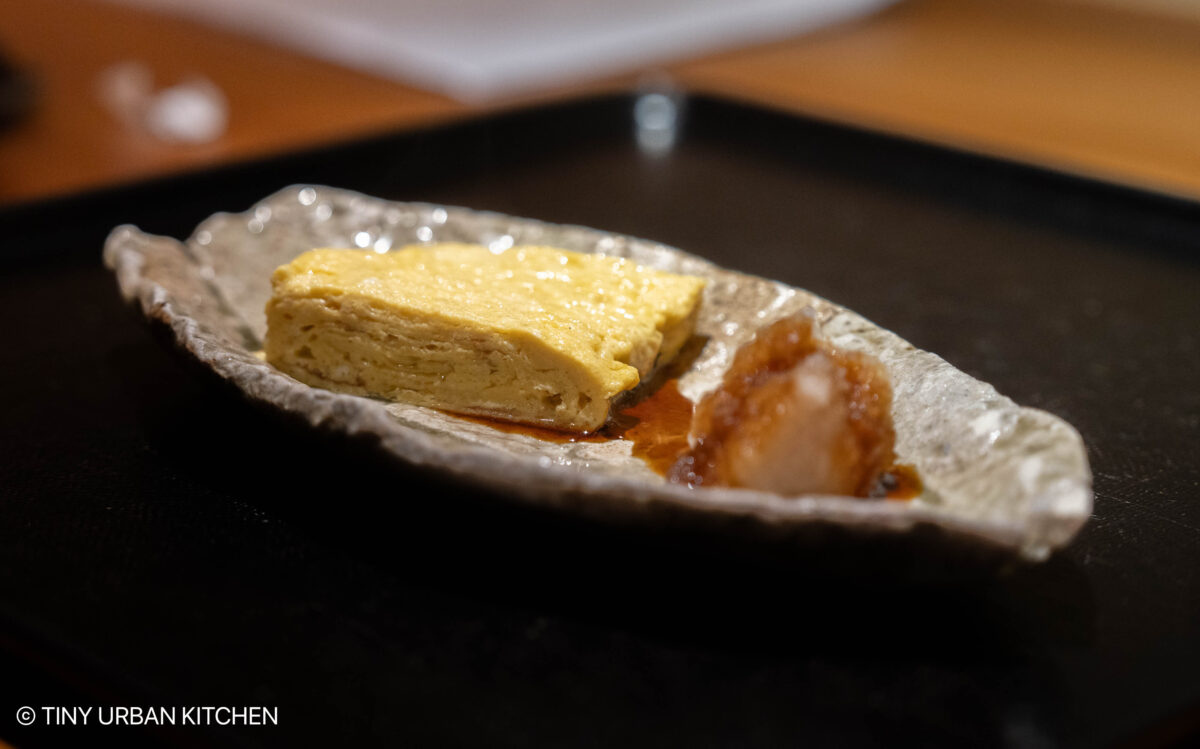
Although we both wished for more soba (and less of all the other stuff), I still appreciate the tasting because I was exposed to so many dishes that I probably never would have tried, like the soba mash, the tamago with radish, and the vegetable tempura.
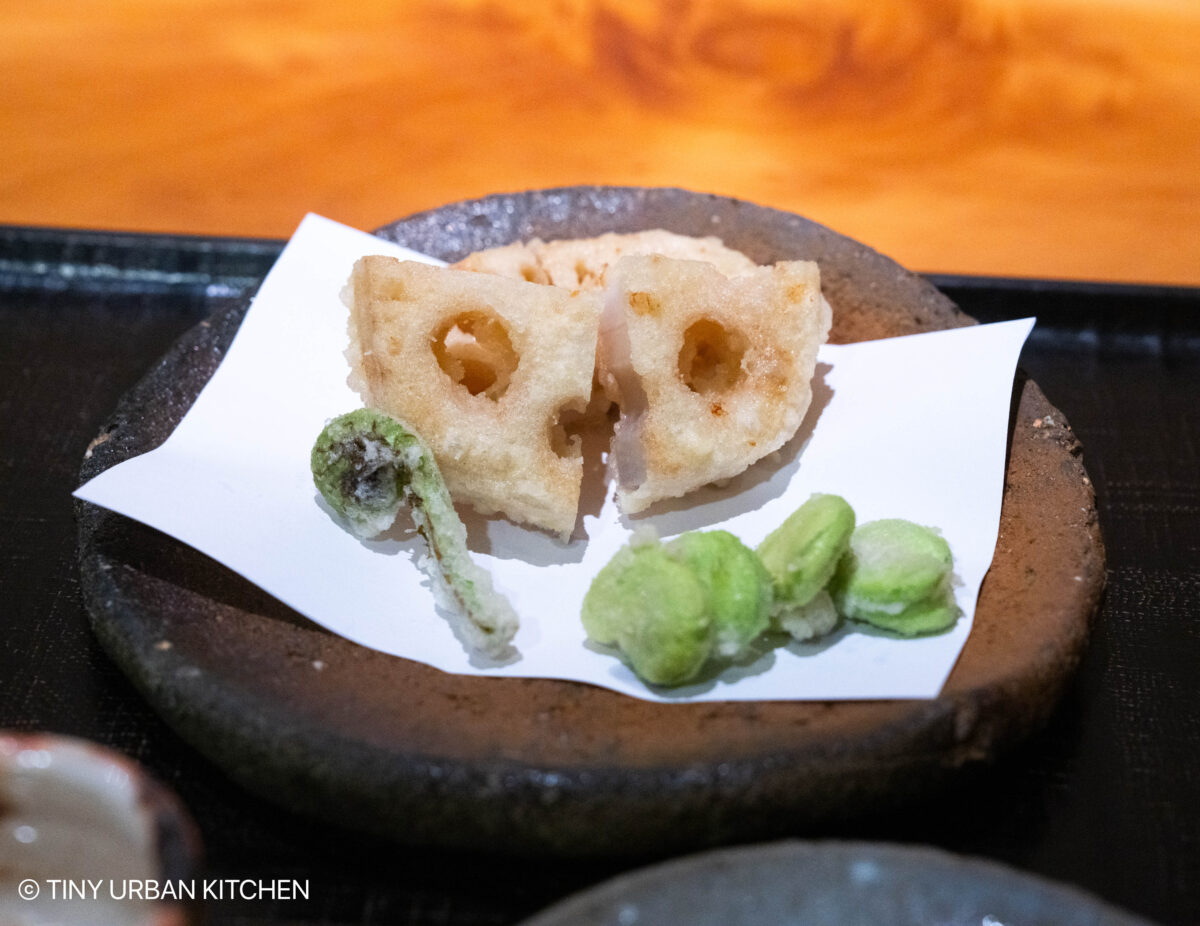
I understand that during a busy weekend such as Easter, small restaurants, such as Tawamarai need to put in certain rules. It’s likely that they were "burned" in the past by tourists who made reservations and then canceled at the last minute. Or, perhaps worse, yet a large group of tourists that show up and only order one bowl of noodles just to try. Whatever the reason is, I understand their need to have a policy.
Still, I long for the easier days of the past when we could be treated like locals and be able to enjoy a restaurant in a more casual, more humble way than the drawn out extended tasting menu.
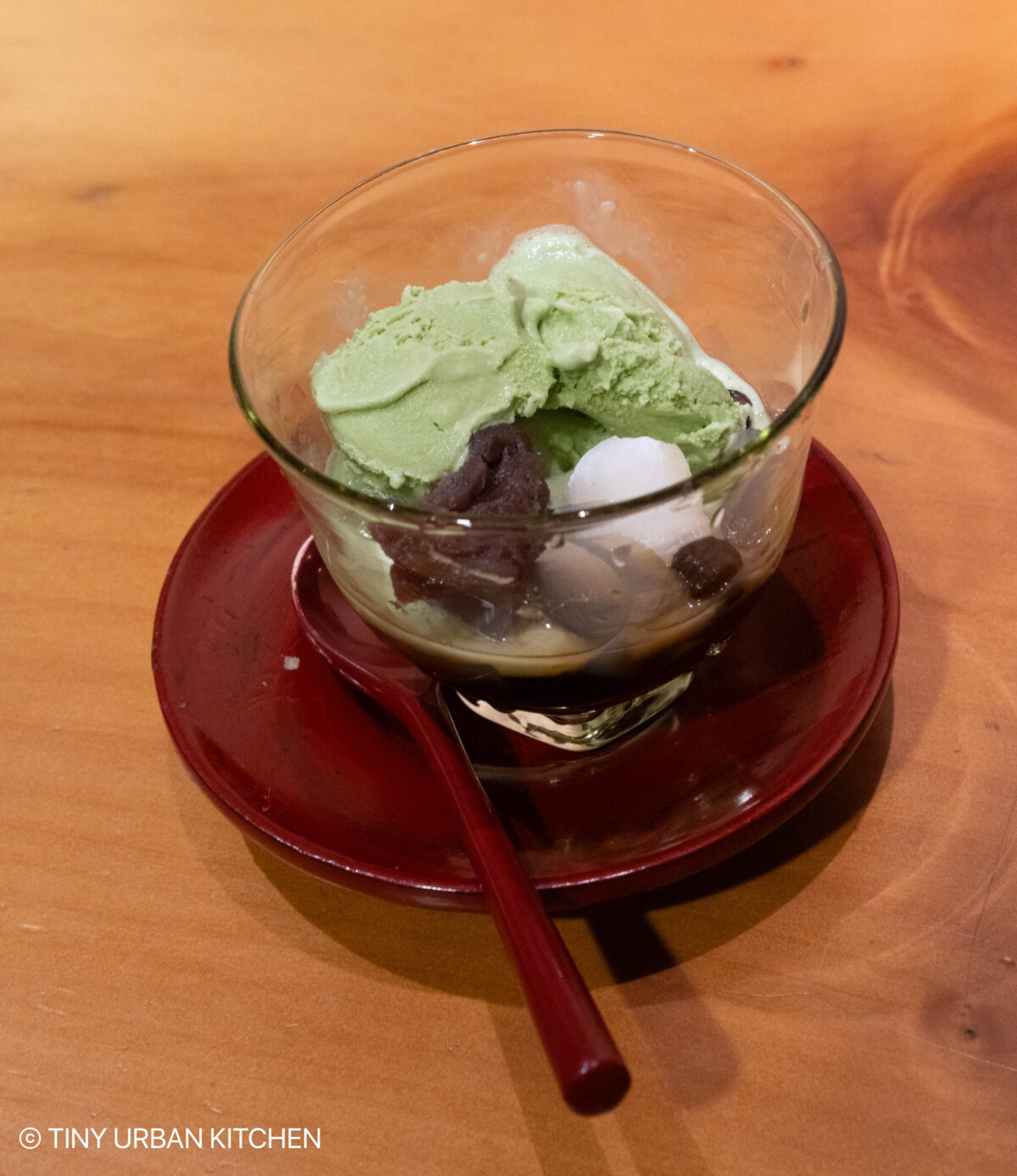
A Michelin star is a blessing and a curse at the same time. You can exposure and publicity, but at the same time you are crowded with tourists and the environment and ambience of the restaurant you created could easily get a bit lost.
Tamawarai
5-23-3 Jingumae, Shibuya-ku
Tokyo, 150-0001, Japan








